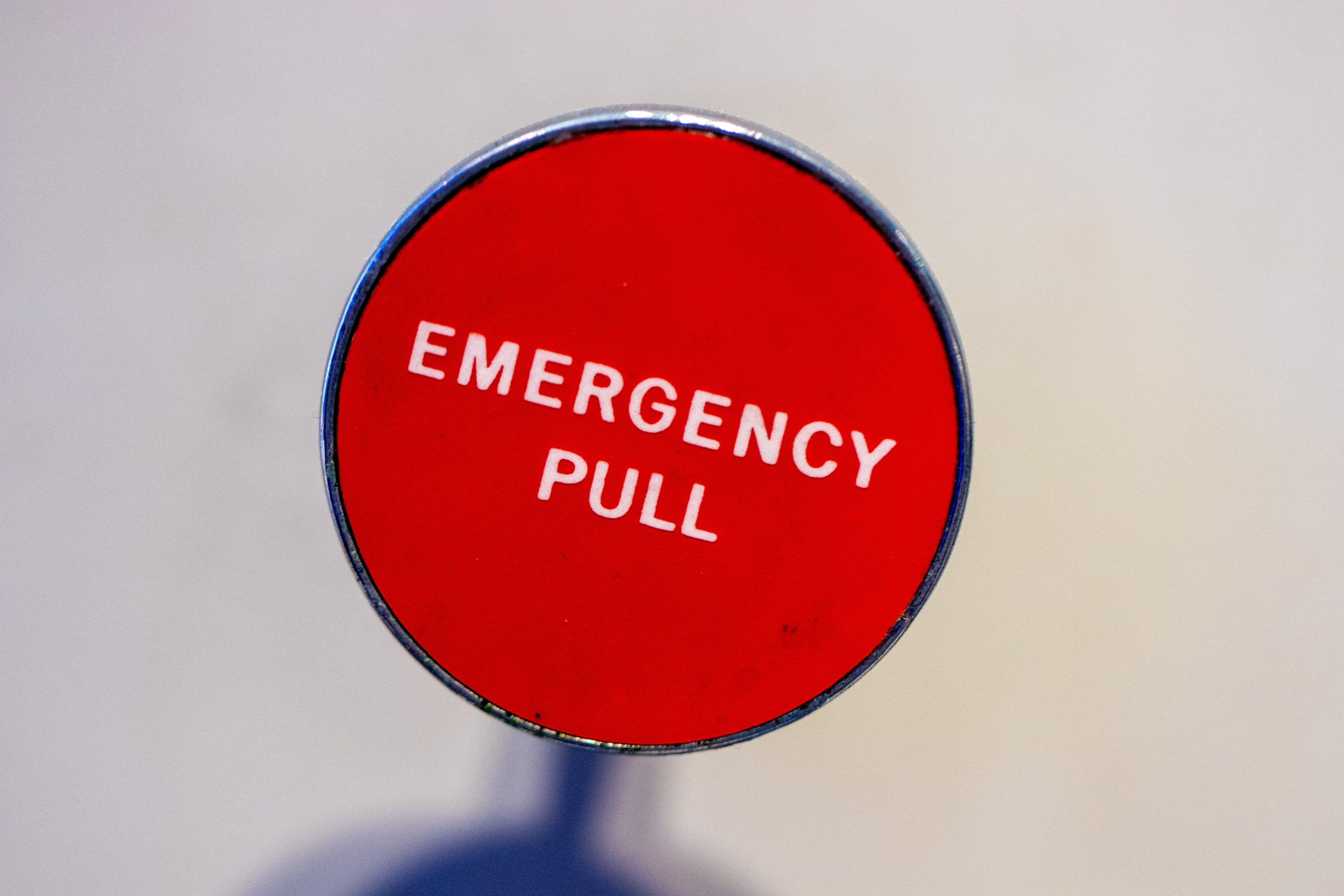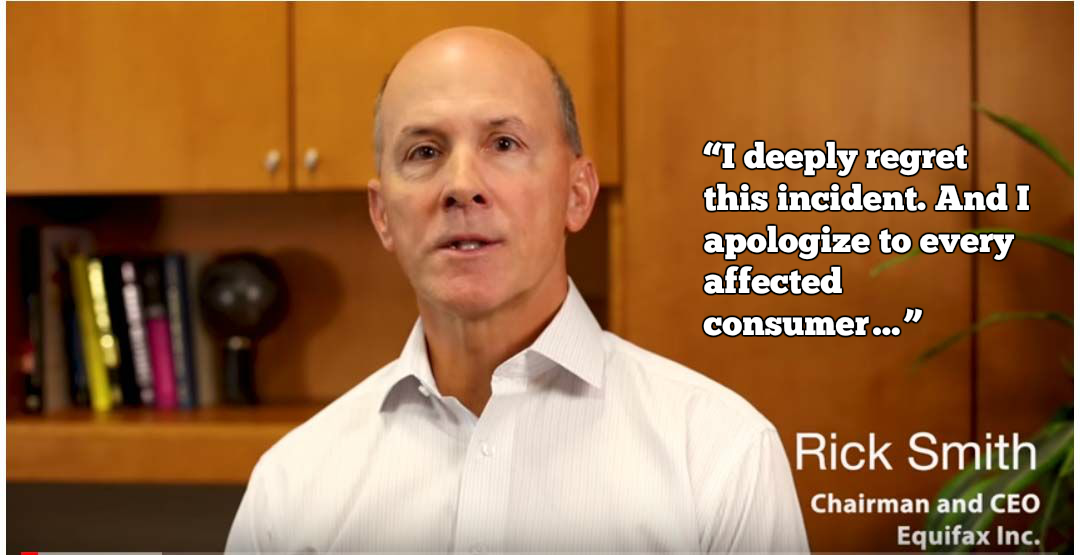A crisis situation presents abundant challenges for public relations and business leaders, not the least of which are the critical first communications. The tone of the language, the medium of the message, and its timing contribute to public perception of a company’s management of the situation. First statements say a lot about what a brand stands for, and they reflect on the quality of its leadership. As with a first impression, you never get a second chance to issue an initial response.
Five crisis PR first responses
Facebook dodges blame
Facebook’s response to the recent data privacy controversy was immediate – so immediate that it happened the day before the scandal broke. It preempted the bombshell New York Times investigation by releasing a statement on March 16 announcing the suspension of Cambridge Analytica.

But timing can only go so far. While the speed was admirable, the content of the message and its tone were less successful, given the complicated nature of the data privacy issues involved. Facebook’s first instinct was to claim it was a victim of Cambridge Analytica’s mistake and to deflect with a series of privacy policy changes.
The March 16-17 statements come off as antiseptic and legalistic CYA – maybe not surprising since they were authored by Facebook’s VP and Deputy General Counsel. #DeleteFacebook quickly became a trending topic. Within four days, amid a public and media reaction and a deepening crisis, CEO Mark Zuckerberg launched an apology tour with social posts, a more contrite and complete news statement, and TV interviews. Despite these missteps, Zuckerberg’s well-executed TV apologies and a flow of news about Facebook’s fresh privacy measures have helped it bounce back, at least in valuation. As of this post, it has reclaimed $134B in lost market value.

Carnival Cruise – the unsinkable PR ship
When a passenger’s video of water flooding a Carnival cruise ship hallway went viral on May 3, it spawned thousands of references to Titanic and some sensational news headlines. The company could easily have jumped the gun and responded defensively, given that the ship was in no danger.
Instead, they spoke with action. After doing a phenomenal job of cleanup and caring for passengers, Carnival let its brand ambassadors to do the talking, as many passengers posted positively about the excellent responsiveness of the ship’s staff. A day later on May 4, Carnival’s first news release clearly detailed the event and compensation. The follow-up May 6 release offered some skillful humble-bragging about the strong response and praised its passengers and crew. It does not attempt to shift blame or to run away from embarrassment. Carnival has deep experience responding to emergencies, and it shows. Its deft handling of the mishap kept things in perspective, and it was a public relations win.
Musk shocks nobody with aloofness
On March 23, a driver was killed after colliding with a concrete divider while using the Autopilot feature in a Tesla Model X. Despite the fact that it wasn’t the first Autopilot-related fatality, neither Tesla nor its famously outspoken CEO Musk made any comment on social media about the incident. To be fair, the legal team may have warned against a public expression of sympathy, out of concern it would imply admission of responsibility. However, it would have served Tesla to acknowledge the accident and express regret even if there was no culpability on its part.
Tesla didn’t issue a statement about the accident until four days later, with a blog post titled “What We Know About Last Week’s Accident.” The statement offers a clear recounting of what was then known – and not known – about the accident, between bookended expressions of sympathy. The language fits the Tesla brand: aloof, calculated, and confident.
The final paragraph of a March 30 follow-up blog stands out as a piece of sincere communication. In it, Tesla addresses its own perceived emotional distance, and it seems defensive in doing so. Tesla goes on to lay blame for the accident squarely on the driver. Whether fair or not, the statements come off as consistent with the brand. Since then, Tesla has found itself embroiled in multiple controversies (including a subsequent accident), and its stock has fallen about 70 points since February. In the wake of so many controversies, its communications has been slow and reactive.
seems defensive in doing so. Tesla goes on to lay blame for the accident squarely on the driver. Whether fair or not, the statements come off as consistent with the brand. Since then, Tesla has found itself embroiled in multiple controversies (including a subsequent accident), and its stock has fallen about 70 points since February. In the wake of so many controversies, its communications has been slow and reactive.
Southwest’s emotional intelligence
 After an emergency landing in which a passenger was killed on April 17, Southwest released an initial statement on social media and its press page saying it was gathering information about the situation. Unlike Tesla, Southwest made the simple acknowledgement, showing that the situation had its attention and showing concern for loved ones seeking information. The follow-up news release came four hours later and included a link to a video featuring CEO Gary Kelly. Kelly emphasized that the family of the victim was the primary concern. He spoke from the heart — without regard for the airline’s possible culpability. The initial communication demonstrates emotional intelligence in the wake of a truly terrible accident. Southwest later showed good taste along with solid PR judgment by suspending its marketing and advertising.
After an emergency landing in which a passenger was killed on April 17, Southwest released an initial statement on social media and its press page saying it was gathering information about the situation. Unlike Tesla, Southwest made the simple acknowledgement, showing that the situation had its attention and showing concern for loved ones seeking information. The follow-up news release came four hours later and included a link to a video featuring CEO Gary Kelly. Kelly emphasized that the family of the victim was the primary concern. He spoke from the heart — without regard for the airline’s possible culpability. The initial communication demonstrates emotional intelligence in the wake of a truly terrible accident. Southwest later showed good taste along with solid PR judgment by suspending its marketing and advertising.
Starbucks’ solution to a venti problem
Starbucks routinely engages with its customers on Twitter and other social platforms, responding to many questions and customer service issues. Yet its first public response to the April 12 arrest of two African American customers who simply hadn’t ordered anything at a Philadelphia location was in a tweet the following day. The update was a simple ‘we are looking into it’ boilerplate, as many posted indignantly about what had happened. There was no mention of the customers’ race, or of why a Starbucks employee had called the police. A day later, however, Starbucks issued formal apologies, both on social platforms and through a CEO video and statement on its news site. {For a PR view into video CEO apologies, see this earlier post.}

The language was strong, peppered with words like “reprehensible,” and it faced the elephant in the room by condemning racial profiling. Moreover, it outlined steps to address the situation. Here, the response was slow, but true to form, once the company grasped the impact of the incident, it engaged fully. In the weeks since the controversy, Starbucks has not seen a drop in business, even in Philadelphia. It plans to close 8000 stores on May 29 for a half-day of employee education around racial bias.
All five of these recent corporate “first responders” behaved in a fashion aligned with the brand involved. You can see Zuckerberg’s fingerprints on Facebook’s response, just as Elon Musk’s personality is evident in Tesla’s. The first statement in crisis response carries great importance, because it sets the tone for what will follow. Despite the fact that every major corporation prepares a crisis communications plan, the urgency of first response demands a certain degree of improvisation. It’s this initial response that often reveals a more authentic, unvarnished brand voice. The public glimpses the voice of the company, and the company gets to show its strength — or weakness.
See this fascinating Wired article for a deeper peek into the inner mechanisms of crisis PR.


